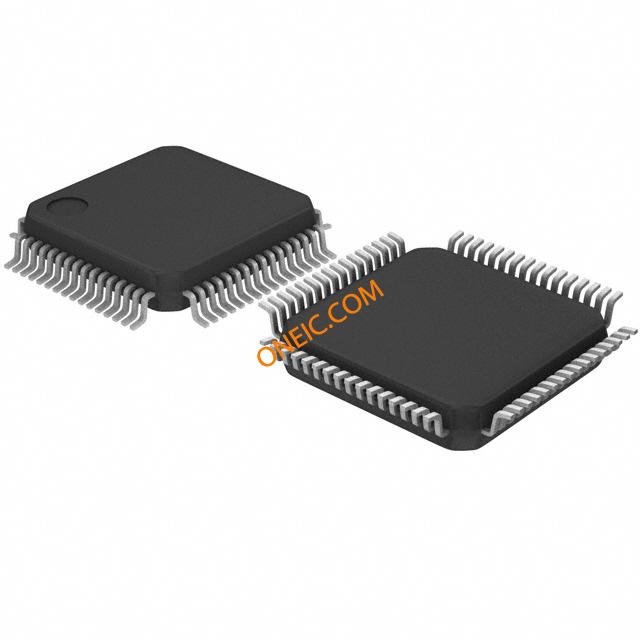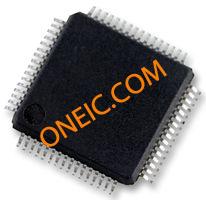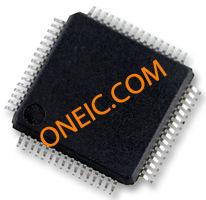STM32F100R8T6B
32-bit ARM Cortex M3 microcontrollers with 64KB Flash, 64-pin LQFP
Manufacturer: stm
series introduction
# Introduction to the STM32F100R8T6B Product Series
## 1. Overview
The STM32F100R8T6B is a member of the highly popular STM32 microcontroller family developed by STMicroelectronics. This product series is designed to offer a cost - effective and feature - rich solution for a wide range of embedded applications. It combines high - performance processing capabilities with low power consumption, making it suitable for various industrial, consumer, and automotive applications.
## 2. Key Features
### 2.1 Microcontroller Core
- **ARM Cortex - M3 Core**: The STM32F100R8T6B is based on the ARM Cortex - M3 32 - bit RISC core. This core provides a high level of performance with a Harvard architecture, which allows for simultaneous data and instruction access. It has a maximum operating frequency of up to 24 MHz, enabling fast execution of instructions and efficient processing of complex tasks.
- **Thumb - 2 Instruction Set**: The Thumb - 2 instruction set offers a good balance between code density and performance. It allows for smaller code sizes compared to traditional 32 - bit instruction sets, which is beneficial for applications with limited memory resources.
### 2.2 Memory
- **Flash Memory**: It comes with 64 KB of embedded Flash memory. This non - volatile memory is used to store the application code. The Flash memory has a high endurance, allowing for multiple programming and erasing cycles, which is useful for firmware updates and development.
- **SRAM**: The microcontroller is equipped with 8 KB of static random - access memory (SRAM). SRAM is used for storing variables, data buffers, and the stack during program execution. It provides fast access times, which helps in improving the overall performance of the system.
### 2.3 Peripherals
#### 2.3.1 Communication Peripherals
- **USART (Universal Synchronous/Asynchronous Receiver/Transmitter)**: There are multiple USART interfaces available. These interfaces are commonly used for serial communication with other devices such as sensors, displays, or other microcontrollers. They support both synchronous and asynchronous communication modes, with configurable baud rates, data lengths, and parity settings.
- **SPI (Serial Peripheral Interface)**: The SPI interface allows for high - speed serial communication between the microcontroller and external devices. It is often used for communicating with memory chips, sensors, and other high - speed peripherals. The SPI interface supports full - duplex communication and can operate at high clock frequencies.
- **I²C (Inter - Integrated Circuit)**: The I²C interface is a widely used serial communication protocol for connecting low - speed devices. It uses a two - wire bus (SDA and SCL) and supports multi - master and multi - slave communication. It is commonly used for communicating with sensors, EEPROMs, and other low - power devices.
#### 2.3.2 Timers
- **General - Purpose Timers**: The STM32F100R8T6B has several general - purpose timers. These timers can be used for a variety of applications such as generating PWM (Pulse Width Modulation) signals for motor control, measuring time intervals, and generating accurate delays.
- **SysTick Timer**: The SysTick timer is a 24 - bit down - counter that is part of the Cortex - M3 core. It is used for generating system ticks, which are essential for implementing real - time operating systems (RTOS) and for providing a basic time reference for the system.
#### 2.3.3 Analog - to - Digital Converter (ADC)
- **12 - bit ADC**: The micro
Images for reference

64-LQFP

Image Preview

Image Preview